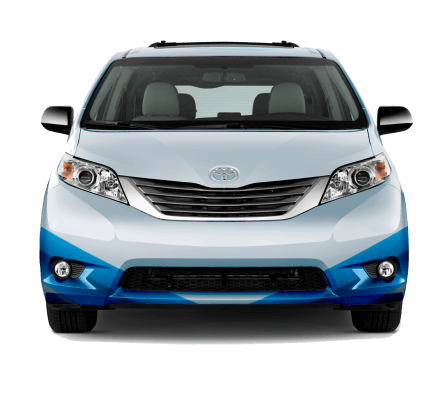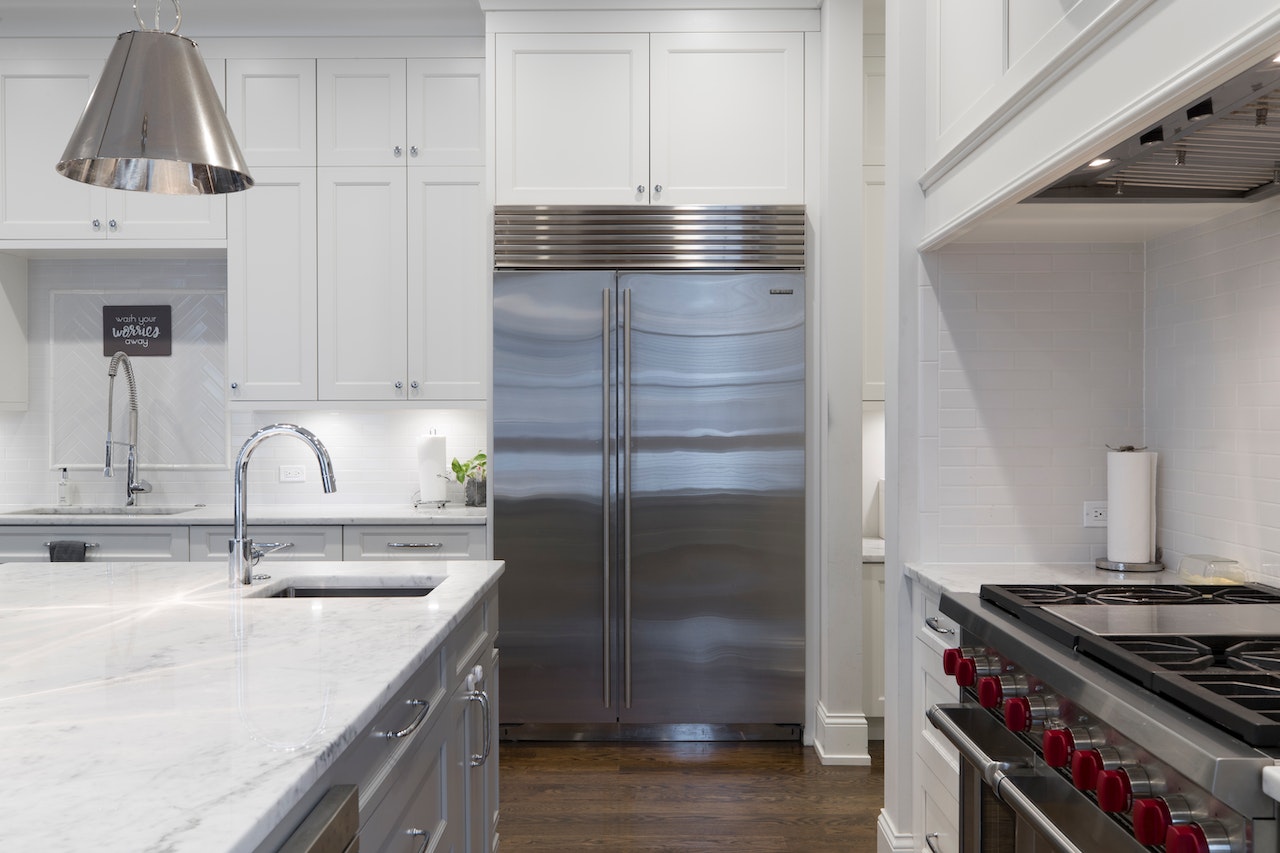A refrigerator is a crucial appliance in your home, keeping your food fresh and safe to eat. So, when it stops properly, it can lead to spoiled food and a lot of frustration. Before you rush to call a technician, there are several things you can try to diagnose and potentially fix the problem yourself. Maydone’s guides are here to help you tackle appliance problems on your own!
Start at The Beginning – Check the Power Supply
Before diving into the complex components of your refrigerator, it’s essential to ensure it’s receiving power.
Check if the refrigerator is plugged in properly and that the outlet is working. Sometimes, the simplest solutions are the most effective.
Adjust the Temperature Settings
Refrigerators typically have temperature control settings that allow you to adjust the cooling level.
Make sure you haven’t accidentally bumped the thermostat or temperature dial, which could lead to improper cooling. The ideal temperature for your refrigerator is around 37°F (3°C).
Clean the Condenser Coils
Dirty or clogged condenser coils can hinder the refrigerator’s ability to dissipate heat, causing inadequate cooling. To clean them:
Here’s a step-by-step guide to clean condenser coils
- Unplug the refrigerator or turn off the power.
- Locate the condenser coils, which are usually located on the back or underneath the appliance.
- Use a vacuum cleaner or a coil brush to remove dust and debris gently.
- Once clean, plug the refrigerator back in or restore power.
Remember regular cleaning and proper fridge installation make your applainces last and work better.
Check the Evaporator Fan
The evaporator fan is responsible for circulating cold air throughout the refrigerator. If it’s not working correctly, your fridge won’t cool as it should.
Here’s a step-by-step guide to checking the evaporator fan
- Open the refrigerator door and locate the evaporator fan (usually found in the freezer compartment).
- Listen for the sound of the fan running; if it’s silent, it might be malfunctioning.
- If the fan is not working, it may need to be replaced. Consult your refrigerator’s user manual or a technician for guidance.
Check the Door Seals
A damaged or worn door seal can allow warm air to enter the refrigerator, compromising its cooling efficiency. To check the door seals:
- Inspect the gaskets (seals) around the refrigerator and freezer doors for any signs of damage or wear.
- If you notice any cracks, tears, or gaps, replace the seals following your refrigerator’s user manual instructions.
Inspect the Condenser Fan
Like the evaporator fan, the condenser fan plays a crucial role in cooling. It helps remove heat from the compressor and condenser coils. If it’s not working correctly, the refrigerator’s cooling capacity will suffer.
Here’s a step-by-step guide to checking the condenser fan
- Find the condenser fan, usually located near the compressor (back or bottom of the fridge).
- Ensure it’s free of obstructions and able to rotate smoothly.
- If the fan is not working or making strange noises, it may need replacement.
Test the Compressor
The compressor is the heart of your refrigerator’s cooling system. If it’s not running, your fridge won’t cool properly.
Here’s a step-by-step guide to test the compressor
- Listen for a low humming sound coming from the back of the refrigerator. This sound indicates that the compressor is running.
- If you don’t hear any noise, the compressor might be faulty, and you should contact a technician for further evaluation.
Clean the Drain Pan and Drain Tube
Refrigerators have a drain pan and drain tube that collect and evaporate excess moisture. If these components are clogged, it can lead to improper cooling and even leaks. How to eliminate the latter we wrote in the article
Here’s a step-by-step guide to cleaning them
- Remove the drain pan (located underneath the refrigerator) and empty any standing water.
- Inspect the drain tube (usually located at the back) for clogs and remove them using a pipe cleaner or a similar tool.
- Reassemble the drain pan and tube, ensuring they are in their proper positions.
A refrigerator that’s not cooling properly can be a significant inconvenience, but many issues can be resolved without the need for professional help.
By following the troubleshooting steps outlined in this blog post, you can diagnose and potentially fix the problem.
If you’re unable to identify or resolve the issue, it’s best to call the best appliance service for refrigerator repairs in your area to avoid further damage to your appliance.
Remember, regular maintenance and cleaning can also help prevent cooling problems in the first place, ensuring your refrigerator keeps your food fresh and safe for years to come!



